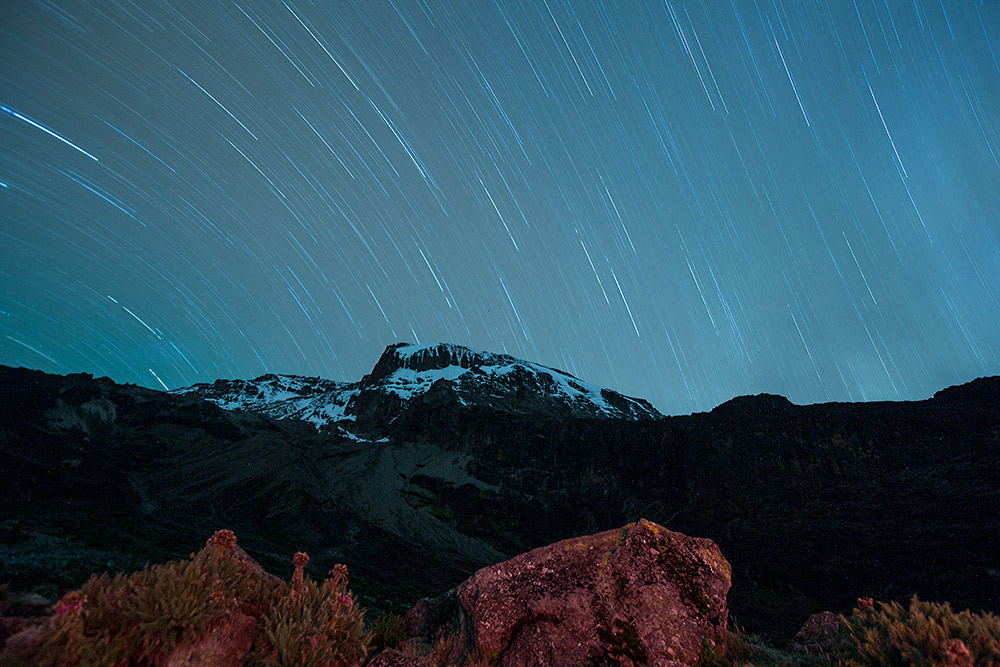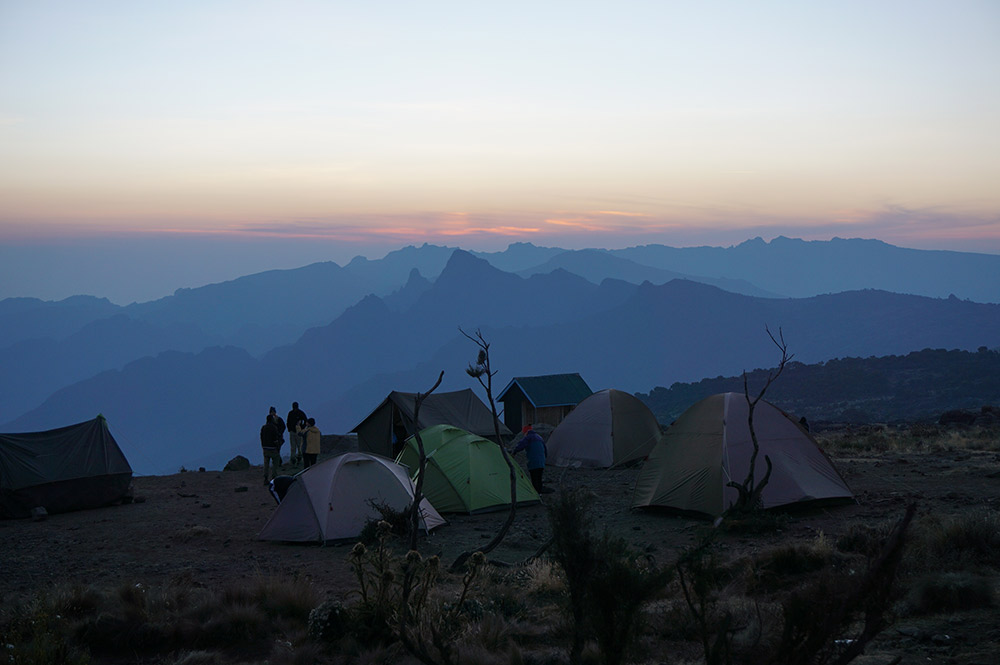When you announce to friends and family that you’re tackling the incredible Kilimanjaro hike in Tanzania, suddenly it seems that everyone becomes an expert, passing out tips and well-meaning advice — whether they’ve actually tackled the climb themselves or not. As always, some of this advice is useful, much of it is not.
The best advice I was given, and am passing on, is to respect the mighty mountain. But with so many opinions flying around, it’s hard to know which ones to take to heart. I’m here to dispel a few myths with some of the truths (and one lie) about the climb to the top of Africa’s largest mountain.
Altitude affects everyone in different ways
Altitude has a horrid way of sneaking up on you when you are least prepared for it and might affect people in your group that you’d least expect it to. Even the most fit amongst you might not escape its effects, which include headaches, sickness, dizziness, and delirium. All these were noted in our group. However, that doesn’t mean that you won’t make it. Be sensible, respect the altitude, and take note of how you’re feeling. Talk to your GP about medications, and take some ginger and coca natural supplements to help with the effects.

Be aware of the effects of altitude sickness.
You’ll eat amazingly
I brought a plethora of snacks with me and ate them all, as well as the twice-daily three-course meals. You burn a lot of calories each day — although you’ll quickly replenish them. Friends have talked about losing weight whilst climbing Kilimanjaro — not so with G Adventures! With fresh soup, pancakes, pineapple fritters, muffins, hot chocolate, and popcorn, the chef quickly became our favourite person. The amazing man who brought our morning coffee or tea in bed came in at a close second.

Expect to eat your heart out!
Midnight toilet breaks are awful
Truth. It is really cold and very dark in camp, and with the amount of water you have to drink during the day to stay hydrated (3–5 litres), nocturia is inevitable. Although the long-drop toilets aren’t too bad, opting in for a portable bathroom made all the difference for our midnight “comfort” breaks. Watch this video and you’ll see just how fond we were of our portaloo. The trick to the toilet break? Have your head torch, coat, and shoes easily accessible next to your sleeping bag, and make sure to scope out the camp before you go to bed. Many of the tents look the same and you do not want to accidentally snuggle up in the wrong one.

Make sure you know which tent's yours before sun sets. It'll be much trickier to find in the dark.
It’s all about the layers…
On summit night, I wore eight tops and four pairs of bottoms, and I was still a little chilly. Layers are your best friend on Kilimanjaro. They will help you stay comfortable during the temperature shifts throughout the day, as well as warm and toasty at night. I also recommend a metal water bottle to use as a hot water bottle at night). Keep your more technical layers (thermals, merino, and silk) closer to your body to maximize on their sweat wicking and warming potential, with thicker, heavier layers on the outside.

Be prepared for all kinds of weather on the trek by dressing in layers.
You will walk incredibly slowly
Pole! Pole! Slow and steady. This will save you on the way up, so listen to your leaders when they tell you to go slow. Our group actually walked so slowly that we ended up taking longer to get to each campsite than average, however we all made it to the top! Unfortunately, the daily predicted walking time wasn’t updated to account for our slow pace, which caused some disheartening moments. However, we had to remember that forward is a pace. You walk at a slow pace to help your body adjust to the altitude. Avoid over-exertion at all costs. The lowest summit success rate is actually in males aged 20–30 because they push too hard, and due to good fitness they don’t anticipate the amount of oxygen they’re using to stay at that pace. This is a case of slow and steady wins the race.

It's one foot in front of the other at a snail's pace.
It’s only worth it if you make it to the top
Correct, you guessed it. This one is a lie.
Of course, getting to the Roof of Africa, and reaching that famous sign at 5,895 m (19,342 ft), is incredible, however, the journey is about so much more than whether you reach the summit or not. Every day is an achievement here, so savour the moments and the daily accomplishments.

More than about acutally making the summit, trekking Kili is about the friends you meet along the way.
You’ll make great friends along the way; not only with your fellow hikers, but you’ll also create amazing bonds with your guides and porters (I cried when my porter David walked for an hour and a half extra just to help me with my day pack). Aside from the connections with your group, spending 6+ days hiking through the Tanzanian tundra gives you a lot of time to learn about yourself. And you get to switch off from the outside world — no social media, no work emails, and no stresses, except from trekking from one camp to the next.
Enjoy the journey, it is a life-changing experience.
Getting There
G Adventures runs a number of treks to Kilimanjaro encompassing a wide range of departure dates. We’re thrilled at the prospect of showing you this big blue planet of ours — check out our small group trips here.























